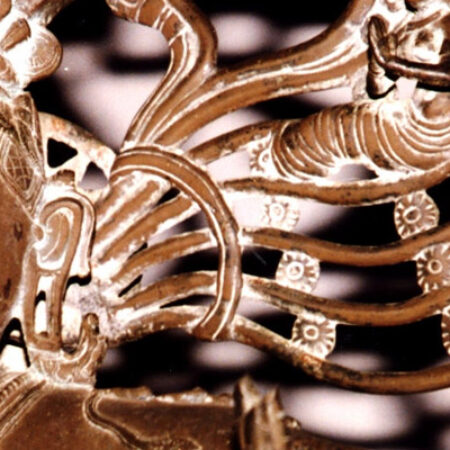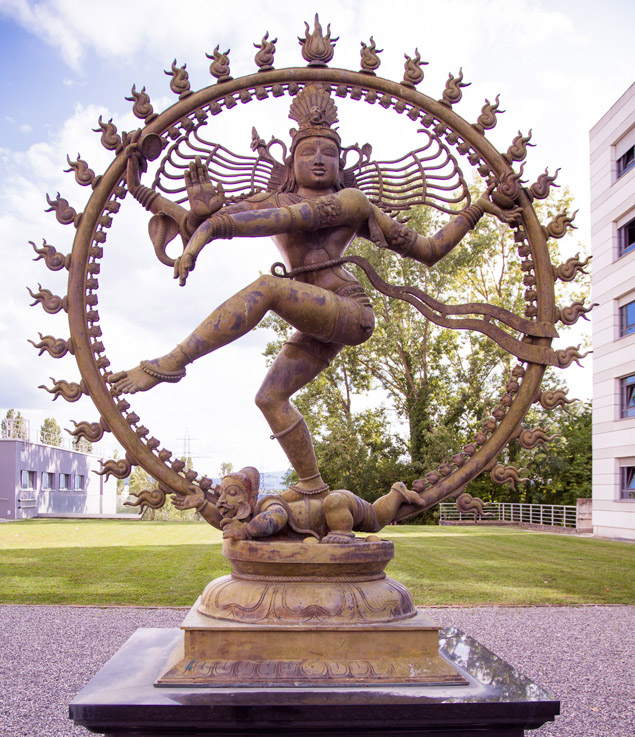Every child has known God,
Not the God of names,
Not the God of don’ts,
Not the God who ever does anything weird,
But the God who knows only four words
And keeps repeating them, saying:
“Come dance with Me,
come dance.”
-Hafiz, 14th C. Persia (translated by Daniel Ladinsky)
My second granddaughter, Gloria, turns one year old this week. One. Imagine – just one time around the sun! And how cool to have been born near the Winter Solstice, so that your first year and all the rest of them begin in deepest darkness and then daily trace the growing and expanding light through to summer’s fullness, gradually diminishing again into the fall and starting the cycle all over again at the next solstice. It’s the grand pattern, the death and rebirth of creation, the dance of life.
Don’t you love that poem by the 14th century Persian master Hafiz? The God who just says four words: “Come dance with me!” The Lord of the Dance. Most of us know that term best from British songwriter Sydney Carter’s folk hymn. Okay, some of you may think instead of Michael Flatley’s lavish, if somewhat overblown, Irish dance spectacle of the 1990s. Here’s Carter’s 1963 chorus to get you back on track:
“Dance, then, wherever you may be
I am the Lord of the Dance,” said He,
“And I’ll lead you all wherever you may be,
And I’ll lead you all in the dance,” said He.
About his song, which reworked the famous Shaker tune ‘Tis The Gift to Be Simple”, Sydney Carter wrote:
“I see Christ as the incarnation of the piper who is calling us. He dances that shape and pattern which is at the heart of our reality. By Christ I mean not only Jesus; in other times and places, other planets, there may be other Lords of the Dance. But Jesus is the one I know of first and best. I sing of the dancing pattern in the life and words of Jesus.”
I love Carter’s multi-faith perspective here! When referring to “other Lords of the Dance” he may have been thinking in part of the Hindu deity Shiva, who sometimes goes by another name, Nataraja – quite literally meaning “Lord of the Dance”. He is famously depicted as such in a whirling dance pose encompassed by a fiery nimbus representing the manifest universe. His body is in perfect balance, left leg raised and right foot planted on a small cowering figure representing the destruction of ignorance. His four arms command the creation of destruction of existence while his face remains serenely focused on eternal, changeless Being.
This particular statue of Nataraja is found at CERN, the European Center for Research in Particle Physics in Switzerland. A nearby plaque quotes physicist Fritjof Capra:
“In our time, physicists have used the most advanced technology to portray the patterns of the cosmic dance. The metaphor of the cosmic dance thus unifies ancient mythology, religious art and modern physics.”
The shape and pattern of the dance that both Carter and Capra refer to is found in all of nature, at the atomic as well as the cosmic level. But nature is inert and cannot dance until the Creator wills it. In one of his right hands (you’ll notice he has two), Shiva holds a small sacred drum. In sounding it, he sets the rhythms that call the Dance of Creation into being.
As Hafiz told us, every child has known God, the God who calls us to the dance. From her earliest days (and so far, they’re all early!) Gloria, like all infants, has boogied to the beat of music, instinctively strutting her stuff whenever there’s a lively tune on the stereo (and, technically speaking, she can’t even strut yet!). It’s extraordinary how natural that impulse is.
So come boogie with us this Sunday evening at 6:00. We’ll hear some more wisdom from Hafiz as well as from Lao Tzu and T. S. Elliot. We’ll sing of Nataraja and Jesus and we will take our place in the cosmic dance for, as the Psalmist put it,
“Singers and dancers alike say, ‘All my springs of joy are in you.'”
—Psalm 87:7
Peace and blessings,
Roger




One Comment
[…] preservation and destruction (In December, I wrote about Shiva as “Nataraj” – Lord of the Dance). The festival is observed with all-day fasting and an all-night […]
Commenting has been turned off.